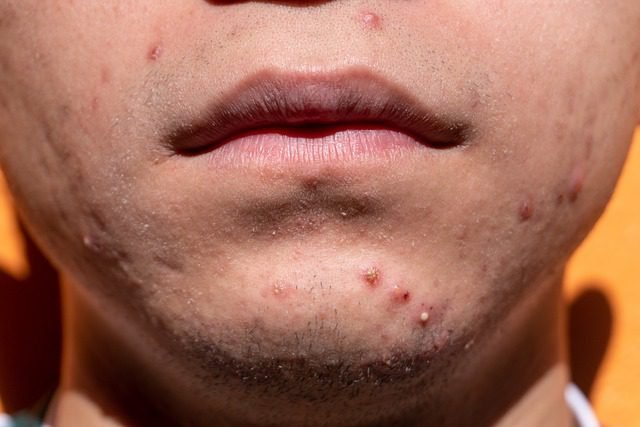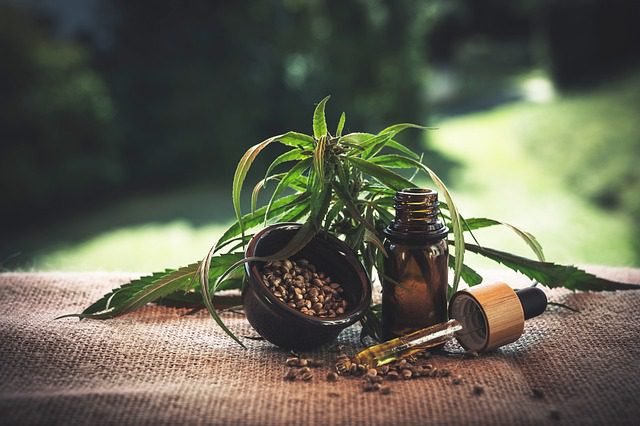Sometimes your skin rash can be itchy, flaky, swollen and dry, which is a newborn hormonal rash that will affect your appearance. Facial rash can be caused by hormonal imbalance, skin problems, environmental factors, etc. This skin rash can be extremely annoying and cause complications. Common causes of skin problems are rosacea, eczema or psoriasis, seborrheic dermatitis, etc. and other causes are allergic reactions, drug reactions, etc.
Therefore, it is important to get treatment at the right time because to avoid itching, doctors usually advise taking lotions, creams or antihistamines. Sometimes doctors suggest following some simple home remedies to get rid of skin rash. Hormonal rash on face is not very harmful, but it will not give you relief sometimes, so natural ways can be an easy solution for you.
Hormonal Rash Cause
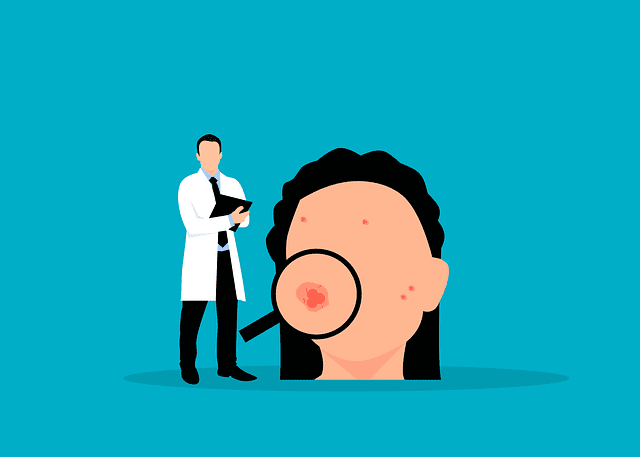
Small red bumps or rashes can appear on the skin overnight, which can be caused by hormones. When a rash suddenly appears, many people think that it is usually due to some food, cosmetics or weather. But hormonal fluctuations can play a role behind this skin change, which is the cause of hormonal rash.
Common Causes of Hormonal Rash
Birth Control Pills or Injection
Many people may be allergic to hormones like progestin or estrogen, which can cause skin reactions like rashes or hives.
Menstrual Cycle Fluctuations
Many women may experience a rash, swelling, or itching on their face or body, especially before menstruation, as the progesterone hormone increases or decreases. This hormonal rash during period usually comes and goes within a certain period of time.
Menopause
As estrogen hormone levels decrease during perimenopause or menopause, the skin becomes sensitive and dry, which can easily lead to rashes like allergies or eczema or hormonal rashes during perimenopause.
Autoimmune Progesterone Dermatitis (APD)
A rare but serious condition in which the body reacts against the hormone progesterone. It usually appears on the face before menstruation or as a hormonal rash on the neck or hormonal rash on the chest.
Pregnancy
During pregnancy, many women develop new rashes due to the dramatic hormonal changes that occur during pregnancy, especially a rash called “PUPPP” (Pruritic Urticarial Papules and Plaques of Pregnancy). Hormonal rash during pregnancy and hormonal rash after pregnancy can also occur, usually around the thighs, abdomen, and breasts. Hormonal rash postpartum occurs, especially on the face or neck. It is mainly caused by hormonal changes during these times.
Thyroid Hormonal Imbalance
Especially if the thyroid hormone is produced in excess or hyperthyroidism, it can cause excess hormonal rash on the body and heat.
Stress and Cortisol
If the cortisol hormone increases due to stress or anxiety, acne, red spots or eczema may appear on the skin.
Rosacea
This long-term skin problem can be more serious due to hormonal fluctuations, especially during menopause.
Others Cause
- Hair dryer or use of new cosmetics.
- Skin infection or dandruff.
- Pollution, dust or certain foods such as spicy food, dairy etc.
- Excessive sweating of the skin or discomfort due to heat.
Although hormonal changes may seem normal, if symptoms appear on the skin, it is important to treat them seriously because the main goal is to live a healthy life.
13 Hormonal Rash on Face Home Remedies
Hormonal rash on face should not be itchy as it increases the problem and increases the risk of infection. Hormonal rash pictures are redness of the skin, small bumps, acne-like. It may look like allergies or rosacea, so it is important to identify it.
However, if you have a rash on your skin, it is possible to get relief through some home remedies that experts recommend at different times. Let’s find out about 13 home remedies-
Cold Compress
Applying cold water or ice to the rash will reduce inflammation, reduce swelling, and stop itching almost immediately. Ways to apply cold to the skin include cold compresses, wet cloths, or just cold water. If the rash covers a large area of the body and it is difficult to apply ice to such an area, taking a cold bath or shower will be more effective.
How to use:
- Put ice in a plastic or ice bag or soak a cloth in cold water and apply it through the cloth rather than directly to the skin.
- Keep it on the inflamed area for about 10 minutes and repeat if necessary.
Oatmeal Bath
Oatmeal contains antioxidants and anti-inflammatory ingredients that help relieve hormonal rash on face, dryness, roughness and itching of the skin. Studies have shown that the oil present in oats helps in healing skin wounds. In particular, “colloidal oatmeal” strengthens the natural protective layer of the skin.
How to use –
- Bathing with colloidal oatmeal in warm water will relieve itching. These oatmeals are available in packaged form in the market such as Aveeno which is convenient to use.
- You can also grind the oatmeal yourself in a blender and mix it with water and use it alone.
How to use:
- Take a tub of lukewarm water and mix one cup of colloidal oatmeal.
- Then soak the affected area of the skin for 15 to 30 minutes.
- And wash it lukewarm water.
Baking Soda
Baking soda, or sodium bicarbonate, is a common household ingredient used to treat skin conditions such as rashes, itching, insect bites, or psoriasis. It also maintains the skin’s acid-base balance and reduces inflammation.
How to use–
- Mix one to two cups of baking soda with lukewarm water and soak your body for 10 to 15 minutes. Then wash with clean water and apply moisturizer.
- Also, mix baking soda and water to make a paste and leave it on the affected area for five to ten minutes and wash it off. This will also help relieve hormonal rash on face.
Aloe Vera
Aloe vera has been used for centuries in skin and health care. It not only helps in healing wounds, but also has antibacterial, anti-inflammatory, antioxidant and antiviral properties. The clear gel of aloe vera leaves can be effective in reducing itching or irritation of the skin. However, it can cause skin allergies in some people, so caution is required.
How to use:
- First, clean and dry the affected area thoroughly so that the aloe vera can be absorbed well.
- If you have an aloe vera plant, cut a leaf and extract the gel and apply it directly to the skin. You can also use aloe vera gel, which is also available at pharmacies.
Basil and Neem Juice Mix
Tulsi and neem juice contain anti-microbial and anti-inflammatory ingredients that help remove toxins from the body and treat hormonal rash on face and skin inflammation.
How to use –
- Take equal amounts of Tulsi and neem leaves and mix one teaspoon of honey in it and consume it every morning on an empty stomach.
- Also, apply the juice of the leaves on the affected skin for fifteen to twenty minutes and wash it off with lukewarm water.
Coconut Oil
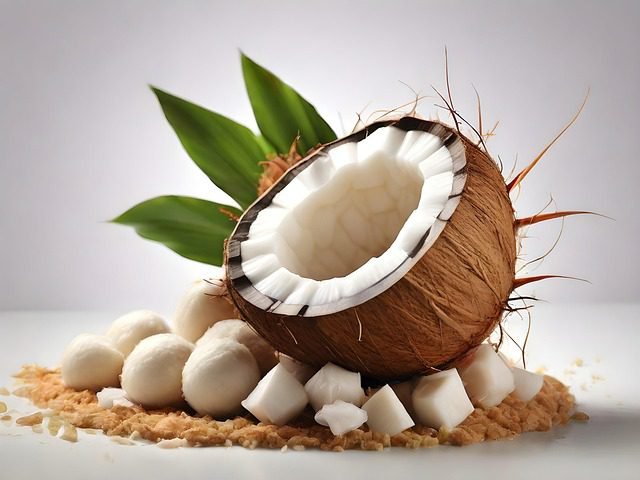
Coconut oil is made from coconut milk and shells. It contains medium-chain fatty acids, especially lauric acid, antiviral which helps prevent viruses, antibacterial which destroys bacteria, anti-inflammatory which reduces inflammation and can also help dry out wounds.
It is not only helpful in healing wounds but is also beneficial for various skin problems including hormonal rash on face.
How to use-
- You can apply it directly to the skin or scalp. You can use it on dry or itchy areas.
- However, it is better to use virgin coconut oil because the natural ingredients are intact in it.
- Of course, before using it, first use it on a small part of your hand and wait 24 hours. If there are no allergic symptoms or irritation, you can use it safely.
Tea Tree Oil
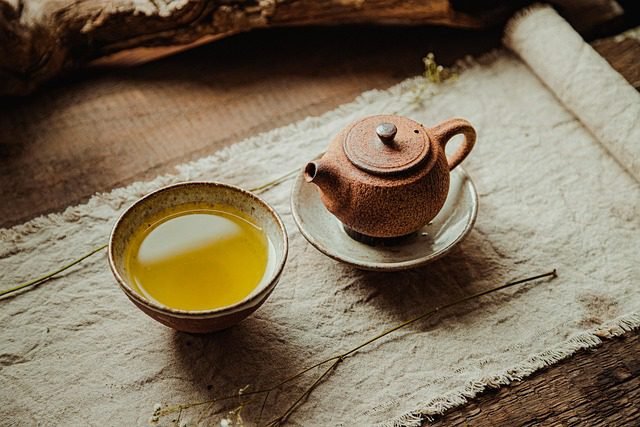
Tea Tree Oil is a natural essential oil that has the ability to kill viruses, fungi, and bacteria. It helps reduce skin conditions such as acne, fungal problems, infections, and inflammation, and also acts as a natural antiseptic.
How to use –
- You can also use it on the affected area after bathing, if you want to mix it with a moisturizer.
- Some lotions, shampoos, or creams in the market also contain tea tree oil, so they can also be used, but they must be pure.
- If you are using it for the first time, be sure to test it on a small area of your hand before using it because some people may be sensitive to it.
Fennel and Coriander Soaked Water (Hormonal Detox Drink)
These two spices, fennel and coriander, naturally balance hormones, reduce excess heat or heartburn in the body, and cleanse the liver, which can be one of the causes of hormonal rash on the face.
How to use –
Soak one teaspoon of fennel and one teaspoon of coriander in a glass of water and strain it in the morning and drink that water on an empty stomach.
Above all, it helps to increase digestion, cleanse the blood, and keep the body cool.
Indigo Naturalis
Indigo Naturalis is a natural herbal ingredient that is made from the Chinese herb King Dye. Especially atopic dermatitis. It helps reduce skin inflammation and irritation. It suppresses some chemicals of the immune system such as interleukin-17 and helps relieve dermatitis or various skin problems.
How to use-
- Usually used in the form of ointment.
- Wash hands thoroughly before use and can be used twice on the affected area.
Caution:
- A doctor should be consulted before using any herbal remedy.
- Some products may have dosage issues that can affect the kidneys or liver.
Flaxseed
Flax seeds contain lignans and omega-3 fatty acids that help maintain hormonal balance in the body. In particular, it helps maintain normal estrogen levels, which can reduce hormonal rash on the face, acne or inflammation.
How to use –
- Mix 1 tablespoon of ground flax seeds with a glass of lukewarm water every morning on an empty stomach.
- If you want, you can mix it with yogurt or oats.
- Mix 1 tablespoon of ground flax seeds with a glass of lukewarm water every morning on an empty stomach.
- You can also mix it with yogurt or oats.
However, increase the amount of water because flax seeds are high in fiber.
Epsom Salt or Dead Sea Salt
Epsom salt, also known as magnesium sulfate, has been used in bath water since ancient times to help relieve pain and soothe the skin. It helps reduce inflammation and retain moisture in the skin, as well as reduce itching and improve natural healing.
How to use:
- Mix two cups of Epsom salt in a tub of warm water and soak your body for 15 minutes. Then rinse and apply moisturizer.
Apple Cider Vinegar
Apple cider vinegar has been used as a home remedy for hormonal rash on face since ancient times. The antibacterial and anti-inflammatory properties present in it can help reduce the symptoms of fungus, bacteria and inflammation. It is also helpful in reducing skin itching and studies have shown that it helps in reducing the chemicals that cause inflammation.
How to use –
- Mix one part apple cider vinegar and three parts water and apply this mixture to the affected area using a cotton ball.
- After waiting for five to ten minutes, wash it off with lukewarm water. You can use it once or twice a day.
Other Herbal Remedies
There are a variety of herbs that can help with skin problems like itching, inflammation, eczema, or psoriasis.
Some effective herbs:
- St. John’s Wort: Helps reduce inflammation and pain.
- Licorice (Mulethi): Natural anti-inflammatory.
- Turmeric: Fights inflammation and infection.
- Evening Primrose Oil: Moisturizes the skin and reduces inflammation.
- Lemon Balm, Sage, Rhubarb, Green Tea: Have various benefits for skin care.
How to use –
- Some herbs can be used directly on the skin as ointments or oils.
- Natural extracts or commercially prepared products are now available in the market.
- Some extracts also need to be taken in the form of capsules or water.
Caution:
- However, not all herbs are right for everyone, so you must consult a specialist before using them.
- Not all herbs are right for everyone, so you should consult a specialist before using them.
- If you do not know the specific dosage and purity, side effects can occur.
If you follow these 13 home remedies above regularly, it is possible to get relief from the problem of hormonal rash on face. However, you must know the purity and specific dosage of the product before using it, otherwise side effects may occur.
Hormonal Acne vs Rosacea
Acne and Rosacea are both skin diseases. However, although these two skin diseases seem similar at first glance, there are some subtle differences. Below is a clear explanation of the differences between these two skin diseases:
| Features | Acne | Rosacea |
| Skin symptoms | Whiteheads and blackheads, pimples with bumps and pus, redness around the pimple, painful lumps or bumps under the skin | Flushing, boils and pus on the skin, itching or burning of the skin, red and irritated eyes, thickening of the skin (especially around the nose) |
| Location | Face, chest, back, shoulders, buttocks | Face, cheeks, forehead, nose and eyelids |
| Age-based start | It is especially common in adolescents, but can also be seen in adults. | It is seen in people over the age of 30. |
| Eye symptoms | There are usually no symptoms. | The eyes may become red, irritated, or painful. |
| Main reason | Hormonal changes, bacterial infections, and excess sebum production by the skin’s oil glands | Spicy foods, exposure to hot sun, stress, etc. also increase the sensitivity of the skin’s blood vessels. |
| Spread of affected area | Apart from the face, it can occur in different parts of the body such as hormonal rash on arms, hormonal rash on breast, hormonal rash on stomach etc. | Hormonal rash is usually limited to the mouth, especially the nose and cheeks. |
These two skin diseases are usually different and the treatment for both diseases is also different. So if you are not sure about such a problem, you should consult a specialist for a definitive diagnosis.
Hormonal Rash Treatment
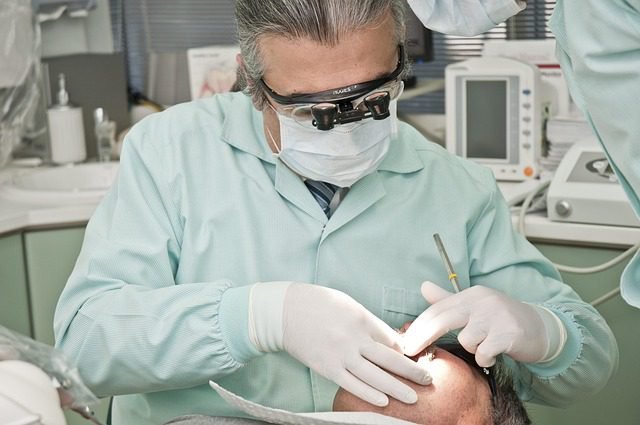
Hormonal rash can usually be caused by menopause, hormonal rash pregnancy or. From doctor’s advice to home remedies, everything can be the solution to hormonal rash on face.
Home and Over-the-Counter Remedies for Mild Rash
- Fragrance-free, soothing and moisturizing, and thick moisturizers can be used every morning and night.
- Steroid creams, such as hydrocortisone, are available over the counter or by prescription. They can help reduce itching and inflammation.
- Antihistamines, applied to the skin or taken by mouth, can help control itching.
Medical Treatment for Moderate to Severe Rash
- If simple creams don’t work, your doctor may recommend a stronger steroid cream.
- Hormone replacement therapy (HRT) is effective for those who have postmenopausal hormone-related rashes.
- Phytoestrogens (plant estrogens) are found in some natural foods, such as sweet potatoes, soy, and flaxseed, which contain estrogen-like substances that can help control hormonal rashes.
Supportive Home Remedies
There are also some simple home remedies like cold compresses, cold water baths, oatmeal baths, aloe vera gel, apple cider vinegar etc. which we have already discussed. Also, lifestyle changes like adequate sleep, yoga, meditation etc. will help in controlling hormonal rashes.
Caution: If the rash is chronic or if the skin breaks, if there is an infection, you should consult a doctor immediately and follow the doctor’s instructions before taking any medicine during pregnancy.
Conclusion
Hormonal rashes are usually a temporary problem but are quite uncomfortable. They are mainly caused by pregnancy, menopause, menstrual cycle, hormonal changes or thyroid fluctuations. These rashes can occur anywhere on the body, with common symptoms being itching, redness and rashes on the skin.
It can often be difficult to diagnose accurately as it often occurs with other skin problems like acne or rosacea. But with proper care and treatment, it can be controlled to a great extent. In that case, if the problems are mild or moderate, hormonal rashes can be relieved at home through some natural remedies that experts often recommend.
However, to protect ourselves from such problems, we need to be aware, especially staying stress-free, eating healthy food and using pure and natural products for skin care. But if the rash becomes severe or lasts for a long time, then you should definitely consult a doctor. Above all, your awareness, impeccable care, and proper treatment if necessary will keep your skin safe from rashes.
FAQ
How do you treat hormonal rash on the face?
It is important to keep the skin clean and moisturized to reduce hormonal rashes. If there is an allergy or inflammation, antihistamines or mild steroid creams can be used. Change your cosmetics and use sunscreen, and consult a dermatologist if necessary.
Can hormonal imbalance cause rashes on the face?
Hormonal imbalances can cause facial rashes, especially acne, red spots, or rashes due to fluctuations in estrogen and progesterone.
What does a progesterone rash look like?
Hypersensitivity to progesterone can cause symptoms such as skin redness, itching, hives, or swelling. This often occurs just before your period.
Hypersensitivity to progesterone can cause symptoms such as skin redness, itching, hives, or swelling. This often occurs just before your period.
How long does hormonal rash last?
This rash usually lasts from a few days to two weeks. However, it can recur if hormonal fluctuations are regular.
How do I stop a rash on my face?
First, stop potential triggers such as hormonal pills, cosmetics. Use gentle face washes, cold water baths, mild steroid creams, and antihistamines. If still not better, consult a doctor.
How do I get rid of my hormonal face?
Hormonal face refers to hormonal rashes or acne. To control hormones, get enough sleep, eat a balanced diet, reduce stress, and take medication as prescribed by your doctor if necessary.
